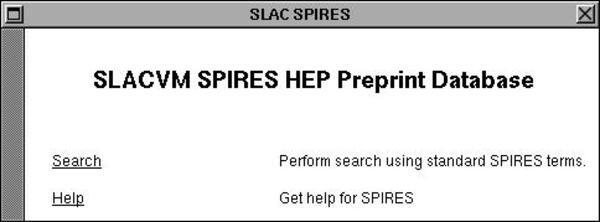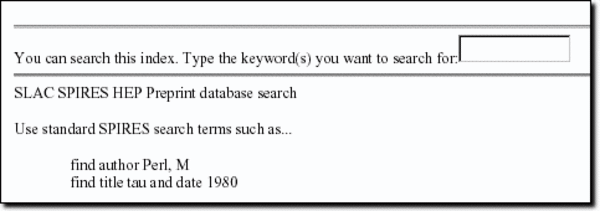
(Gabriel Sollmann/Unsplash)
Hey all, Ernie here, and this time out I’m handing the editorial reins to Jay Hoffmann, the editor of The History of The Web and a fellow traveler in the newsletter space. We’re doing a bit of a swap—one of my pieces is running on his newsletter and vice versa. Be sure to check out both! Anyway, on with the show:
Ok, this is hard.
I’m sticking to the MidRange format, 30 minutes on the clock to teach you something about web history, which is a topic I know a little bit about.
If I’m going to do that I’ll stick to somebody I come back to a lot. You likely haven’t heard about her. Her name is Louse Addis and she was a librarian at Stanford in the ’70s, and head librarian through the ’90s. A self-taught programmer, she was largely responsible for the first website in the United States, for the Stanford Linear Accelerator Center, or SLAC, a particle physics lab at the university. I typically call her the first webmaster, and I think that’s basically true.
Addis had a genuine excitement about the web. She called it a revolution (which ended up being almost an understatement), but she was also one of the first people to see past the technology and recognize a purpose for the web: to act as the connective tissue that draws together the world’s information and makes it accessible to everyone. It drove the work that she did.


Screenshots of the SLAC interface that Tim Berners-Lee referred to as the World Wide Web’s first “killer app.”
The website she helped build for SLAC was a search box that helped researchers quickly pull out important bibliographic information about particle physics research papers. This was a task that, before the SLAC website, required an actual phone call to a librarian at Stanford so that they could manually retrieve a reference. It was time consuming and limited to business hours. Once the SLAC website was built, it was as simple as entering some text into a search box and clicking a button. Anytime, anywhere.
When I try to extract lessons about web history, I often come back to this idea. The web is a lot of different things to a lot of different people, but it’s easy to forget that access to information is its superpower. That’s what I’m doing right now. I’m giving you access to a chunk of knowledge that I have, that you (probably) don’t. And before the web, that would have been a lot harder to do.
The optimistic part of my brain would like to use that as the north star for how we build things with the web. We need to, for instance, close the digital divide so that everybody, everywhere has the same access to information. We need to break out of walled gardens so that information is everywhere, and enduring, and isn’t tied to one big tech giant. We even need to preserve our privacy so that people can control what, of their own information, the world has access to.
Addis’ career on the web was short, only a few years. She’s not in a lot of histories written about the web. But she built something with it that made it instantly useful to thousands of people. Sir Tim Berners-Lee, the creator of the web, often credits the SLAC website with showing people exactly what was possible with his creation. It’s one of the reasons it spread in the way that it did.
As a librarian and a web advocate and a person with a natural curiosity, Addis was drawn to this. And as we move ever beyond the early days of the web, it can be useful to reach back and remember those lessons, so that we can better position ourselves for the future.
Time limit given ⏲: 30 minutes
Time left on clock ⏲: 11 minutes

